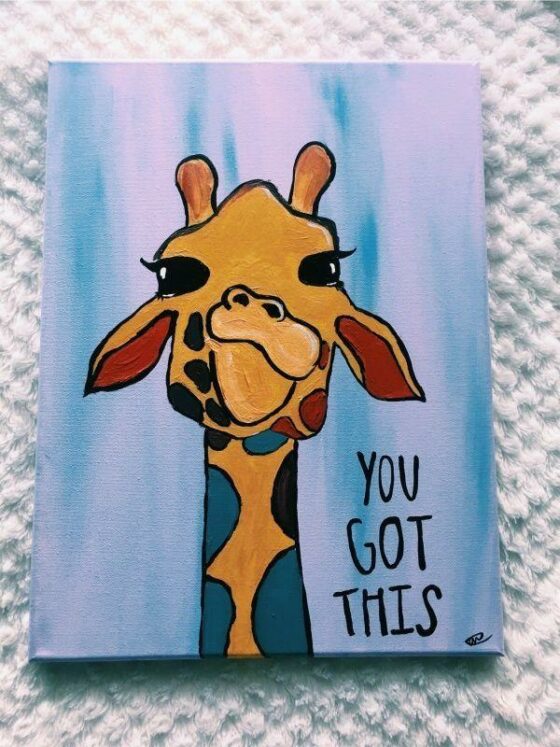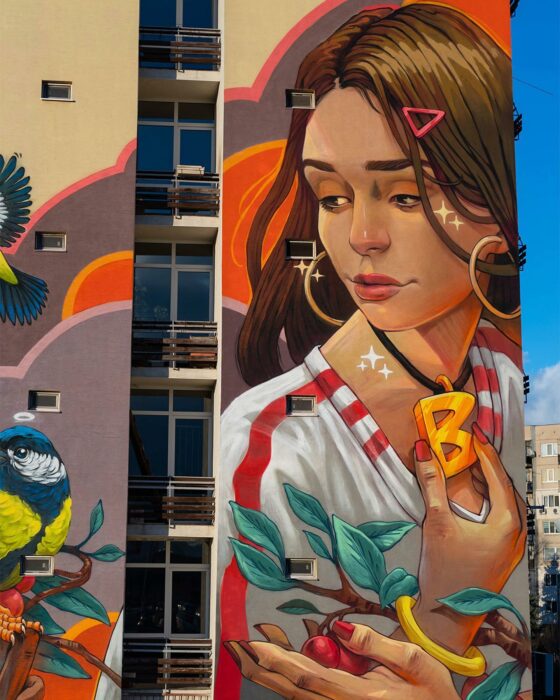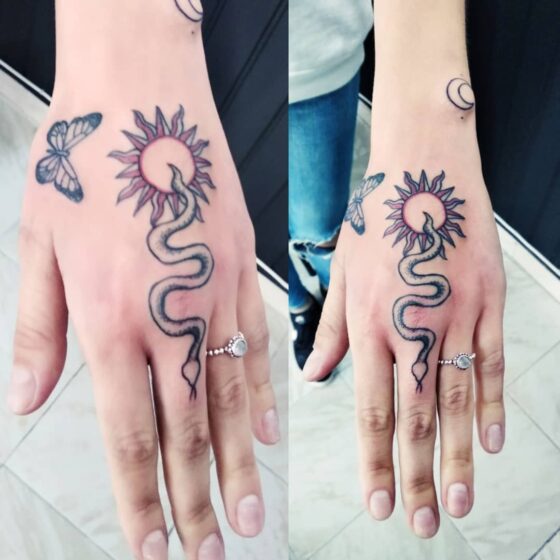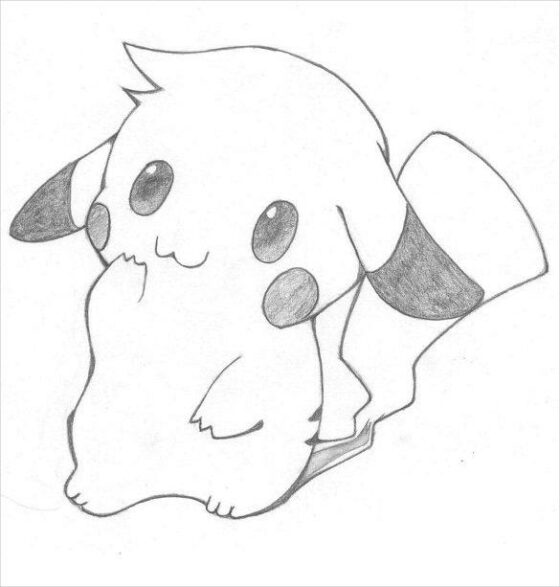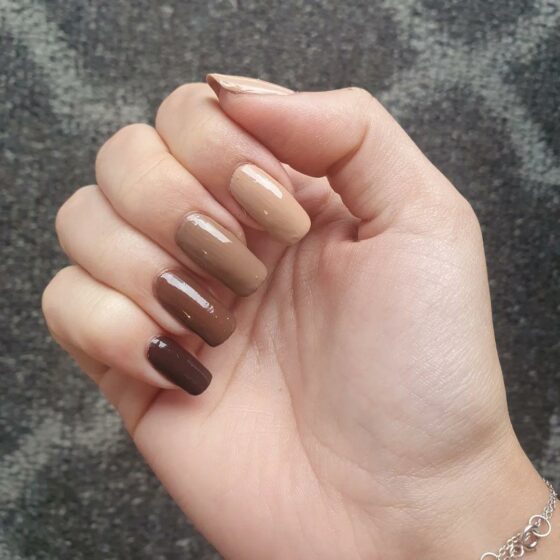In 2020 the number of us eating out saw a severe nosedive as the coronavirus pandemic started to bite into the hospitality industry, and 2021 proved much the same. Now that 2022 has begun, things have started to improve a little, but it would be fair to say that the restaurant market is experiencing a real downturn of late.
Our relationship with restaurants will continue to evolve and adapt, and what was perhaps a regular occurrence will not become more of a luxury, not least due to financial concerns.
This means that all restaurants will look to do everything they can to make their venture a successful one. Whether your restaurant has been running for years, both before and since the start of the pandemic, or is one that you hope to open at this difficult time, it’s not just the quality of the food and service that counts.
How Design Can Positively Impact the Fortunes of Your Restaurant
If we are visiting restaurants less often, then we sure as hell want the location we eat at to tick all the right boxes when it comes to the way it looks and feels.
Everything about the layout has to be built with customers in mind, from restaurant furniture to lighting and everything else you care to mention.
It’s important that the layout of your restaurant makes use of its capacity but not in such a way that creates a crowded environment that is not conducive to customer satisfaction, though clearly, this is dependent on the overall ethos of your eatery.
If yours is a high-end restaurant, then the spacing of tables and the elegance of the design need to fit; however, if your market is the office lunch crowd, then you can afford to change that approach.
In the day and age of Instagram, every restaurant should be looking to create an air of sophistication. Now every customer turns into something of a walking billboard. If your customers are posting photos of their latest experience, that will help boost your business and your restaurant’s exposure.
The overall architecture of the restaurant has a part to play here. Whether it’s high decorative ceilings or a more warm and comforting feel, one thing is paramount, and that is consistency.
Getting this right is why most restaurants spend months planning and setting out their design before they ever serve a plate. The same goes for a restaurant’s acoustics, which should also be amenable to the customers who are sitting at your tables and booths, hopefully being able to hear one another.
The Importance of Color to Your Restaurants Success
There is a popular school of thought that the color scheme you adopt in your restaurant can have a distinct effect on its likely success, perhaps as much as the delicious nature of your menu.
Here are some well-known tricks of the trade when it comes to color choice.
Green and Light Brown
These colors are associated with a calm and relaxed vibe that would appeal to restaurants geared to making a customer feel homely and content. These colors are used frequently by those who have menus that lean on organic and wholesome produce. It’s a color scheme that is common with those establishments that look to healthier, more sustainable approaches to dining.
Blues and Purples
By all accounts, these colors actually suppress appetite, and that’s why they are sometimes associated with coffee shops and in-person cafes, where you might just pick up and go. It is believed that these colors are connected with toxins that lower a person’s appetite. So in some ways, these colors may be ones to avoid.
White and Other Light Colors
Colors in this spectrum will give your restaurant a sense of size. If your restaurant isn’t particularly big and looks to make the most of its capacity, then using whites and lighter greys will give the impression of space. You shouldn’t, however, use too much as it would give your eatery something of a cold, uninviting demeanor.
Red and Yellow
These colors give immediacy and are often linked to takeout locations; it’s not a coincidence that these colors are associated with some of the big chains (such as McDonald’s).
Apparently, these colors can lead to an elevation of heart rate, causing some to conduct transactions quickly in order to leave the environment.
Dark Earthy Colors
Using strong, vibrant shades of red, orange, and brown can apparently help to boost customers’ appetite and also help to relax them and make them stay longer, which is of course ideal for those restaurants who don’t have a speedy turnover of diners and are looking to maximize the profit made from each table seating.
These are just a few ways in which design and color play a key part in the success of a restaurant endeavor; in many ways, this is just the tip of the iceberg.
Successfully opening and running a restaurant was something of a minefield before the coronavirus pandemic and is now one that is even more problematic to navigate. So if you are planning on doing so, you’ll need all the help you can get.

